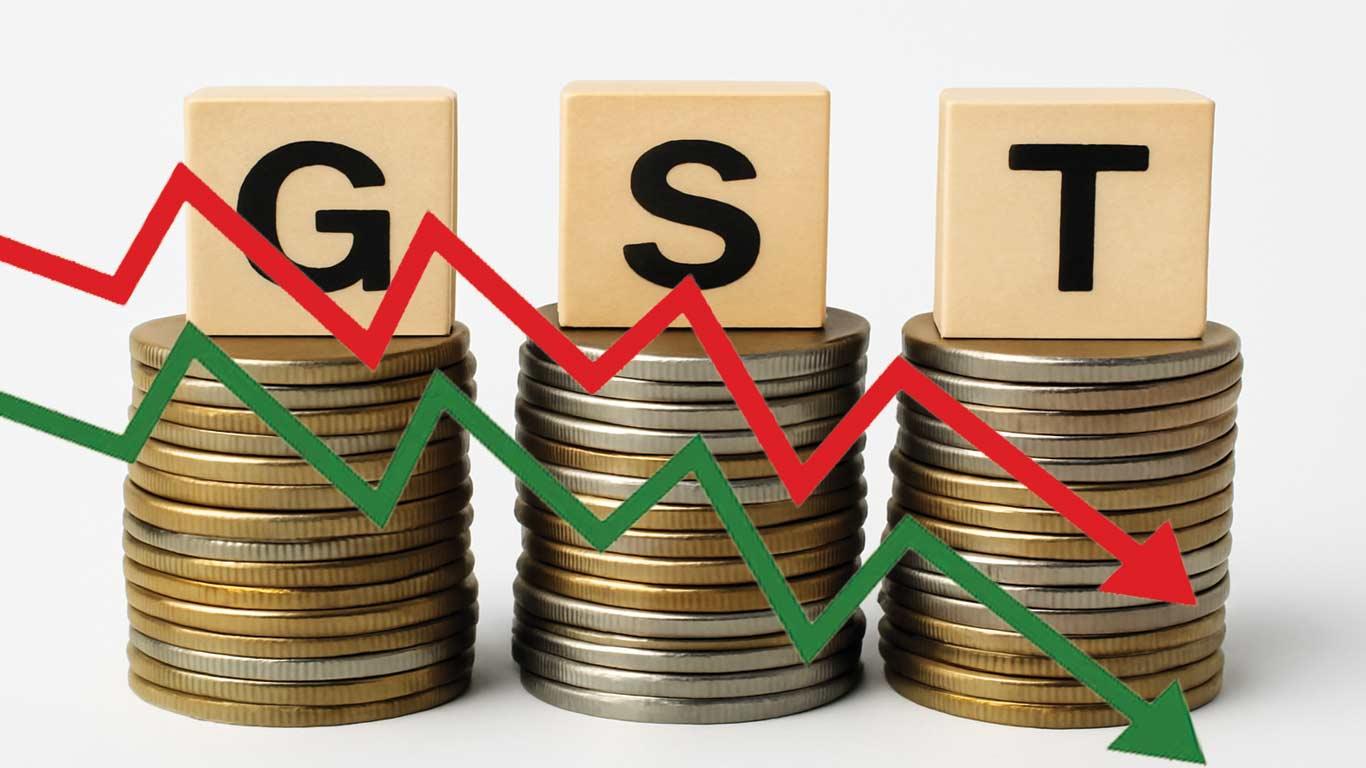Lower GST On Vehicles, Buses & Tractors To Boost Demand Of Auto & Transport Sectors
The reform covers two-wheelers, cars, tractors, buses, commercial vehicles, auto components, and related services.
The revised tax structure introduces significant relief across the automobile and transport sector.
The GST on two-wheelers below 350cc has been reduced from 28 percent to 18 percent, a move aimed at improving mobility for youth, rural households, and gig workers.
Small cars will also attract 18 percent GST instead of 28 percent, encouraging first-time buyers and stimulating sales in smaller towns.
For larger cars, the previous 28 percent plus cess has been replaced with a simplified flat rate of 40 percent (including cess), allowing full input tax credit and easing compliance.
In the farm sector, GST on tractors below 1800cc has been cut from 12 percent to 5 percent, strengthening India's standing as a global tractor hub and supporting farm mechanisation.
Public transport is set to benefit as well, with the tax on buses with more than 10 seats brought down from 28 percent to 18 percent, making them more affordable and aiding fleet expansion.
Commercial goods vehicles too will now be taxed at 18 percent instead of 28 percent, a change expected to reduce freight costs and curb inflationary pressures.
For the ancillary sector, GST on auto components has been reduced from 28 percent to 18 percent, providing a major boost to MSMEs.
Additionally, the tax on insurance for goods carriages has been lowered from 12 percent to 5 percent with input credit, reducing operational expenses for transporters.
According to the government, the rate cuts will benefit over 3.5 crore workers employed in the auto and allied industries.
MSMEs in tyres, batteries, glass, steel, plastics, and electronics are expected to see higher demand, while job opportunities could expand for drivers, mechanics, gig workers, and service providers.
The GST Council underscored the environmental benefits of the reform, noting that lower prices may incentivise replacement of old, high-emission vehicles with fuel-efficient models.
Greater affordability of buses is expected to strengthen public transport adoption, easing congestion and lowering emissions.
On logistics, officials said reduced freight costs would support agriculture, FMCG, e-commerce, and industrial sectors while improving India's competitiveness in exports. The reform is also aligned with the National Logistics Policy.
(KNN Bureau)
Legal Disclaimer:
MENAFN provides the
information “as is” without warranty of any kind. We do not accept
any responsibility or liability for the accuracy, content, images,
videos, licenses, completeness, legality, or reliability of the information
contained in this article. If you have any complaints or copyright
issues related to this article, kindly contact the provider above.
Most popular stories
Market Research

- What Does The Europe Cryptocurrency Market Report Reveal For 2025?
- United States Kosher Food Market Long-Term Growth & Forecast Outlook 20252033
- Utila Triples Valuation In Six Months As Stablecoin Infrastructure Demand Triggers $22M Extension Round
- Meme Coin Little Pepe Raises Above $24M In Presale With Over 39,000 Holders
- FBS Analysis Highlights How Political Shifts Are Redefining The Next Altcoin Rally
- 1Inch Becomes First Swap Provider Relaunched On OKX Wallet






















Comments
No comment